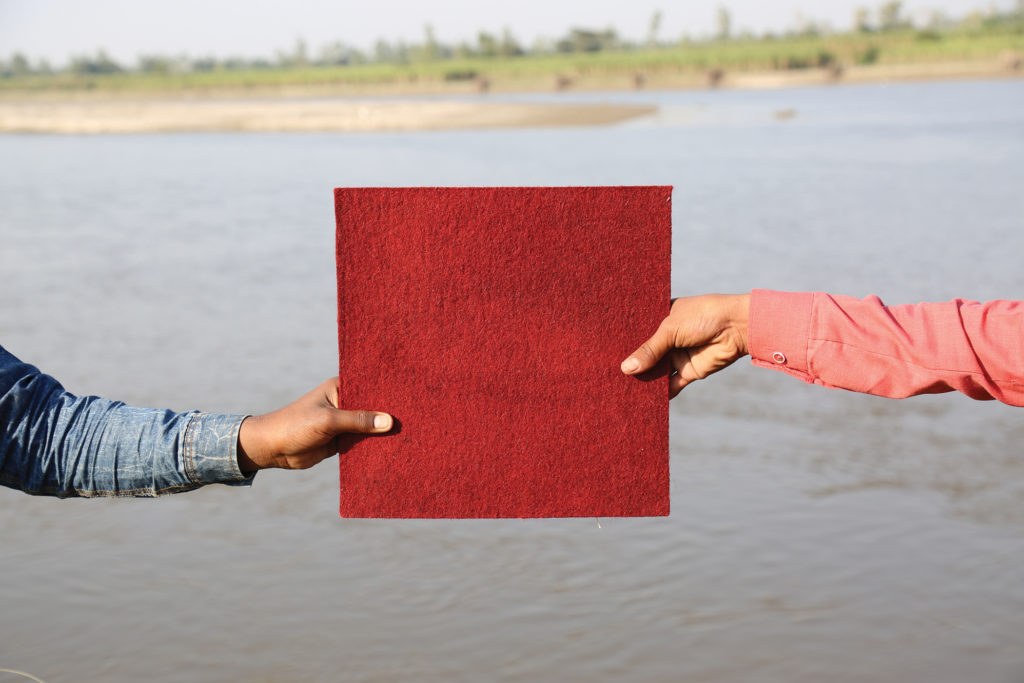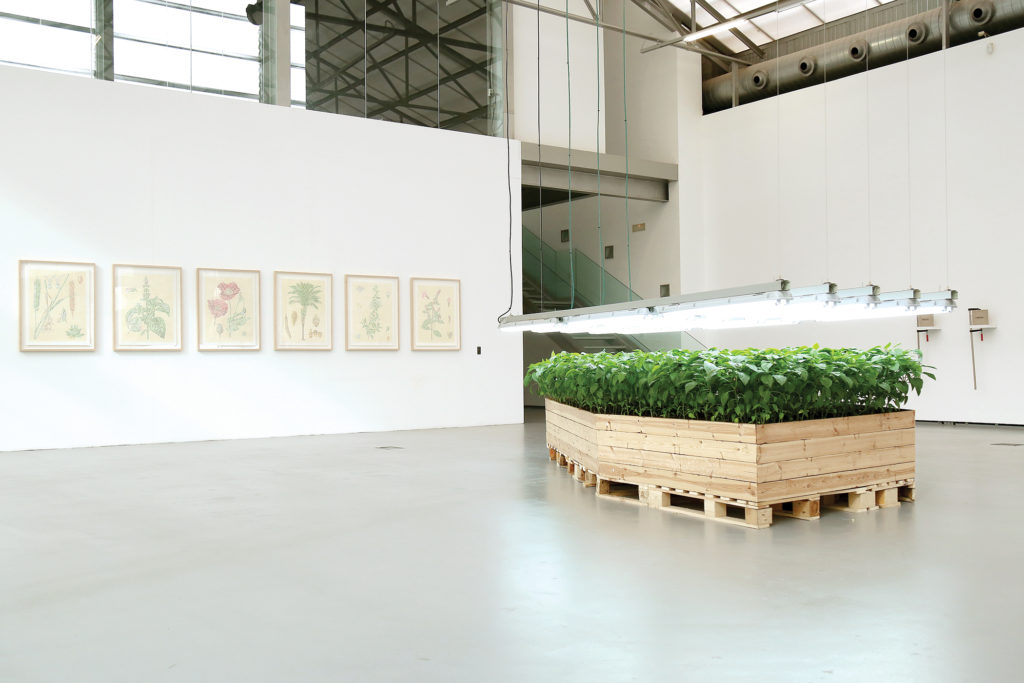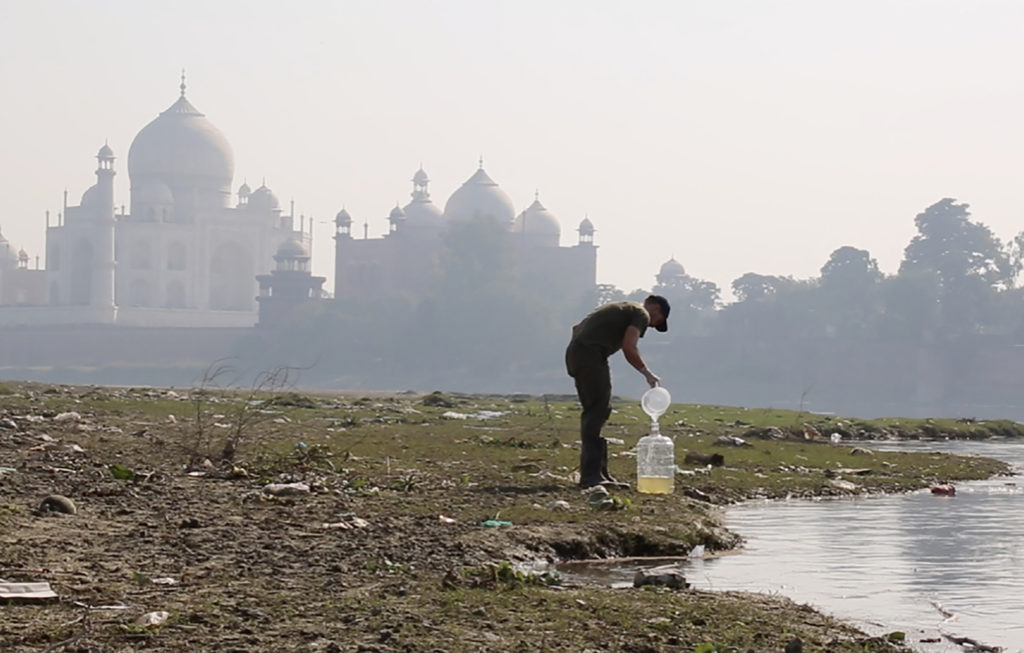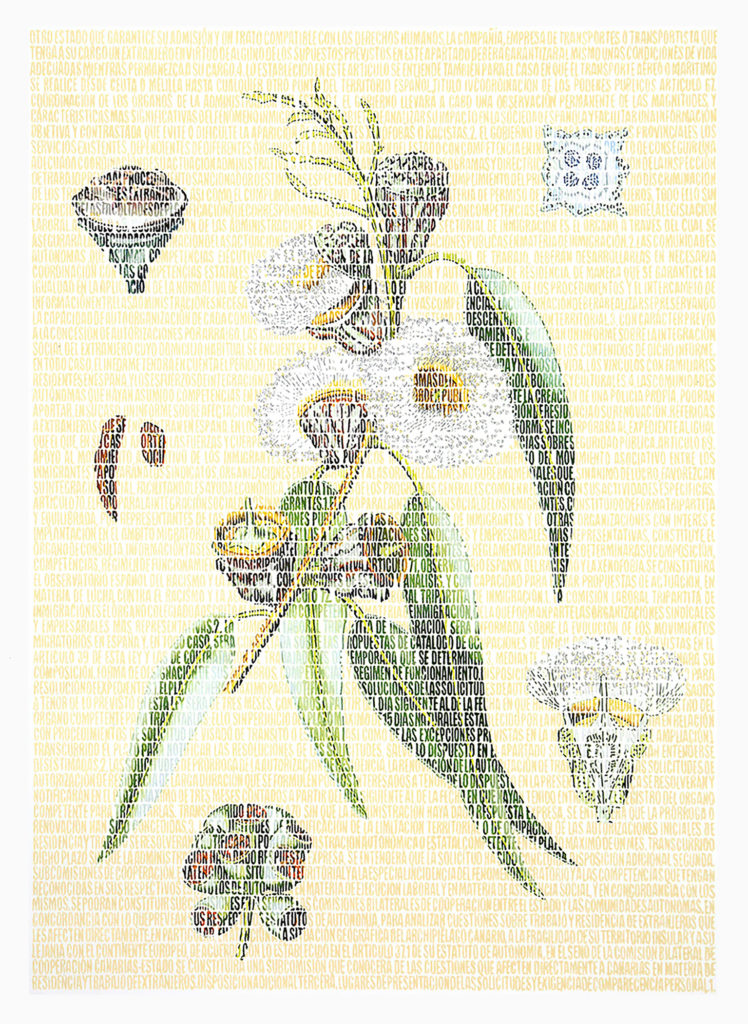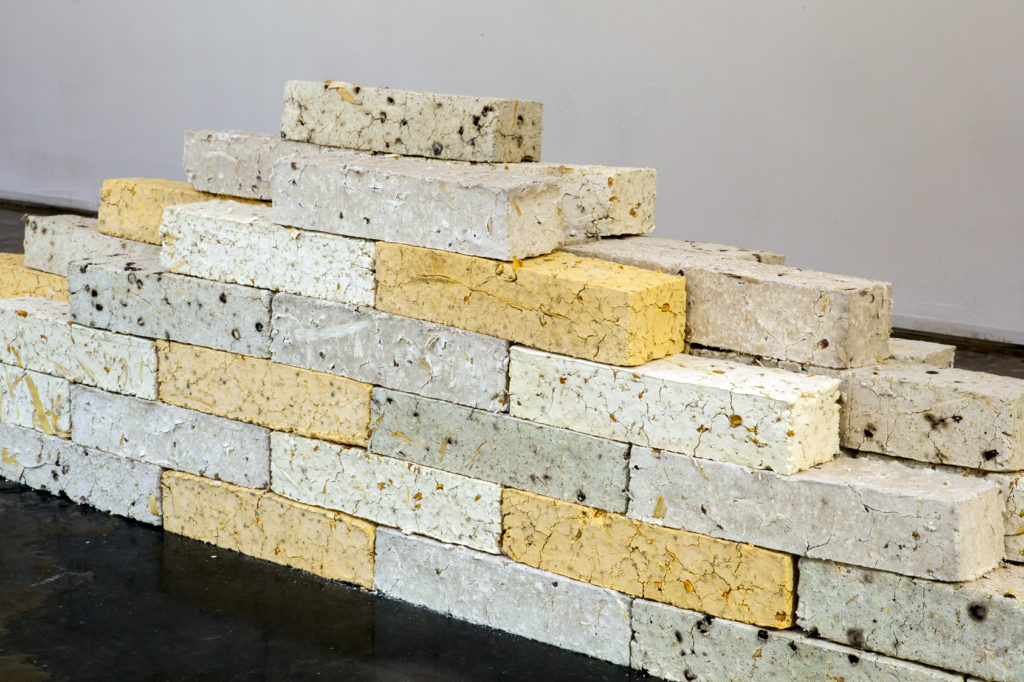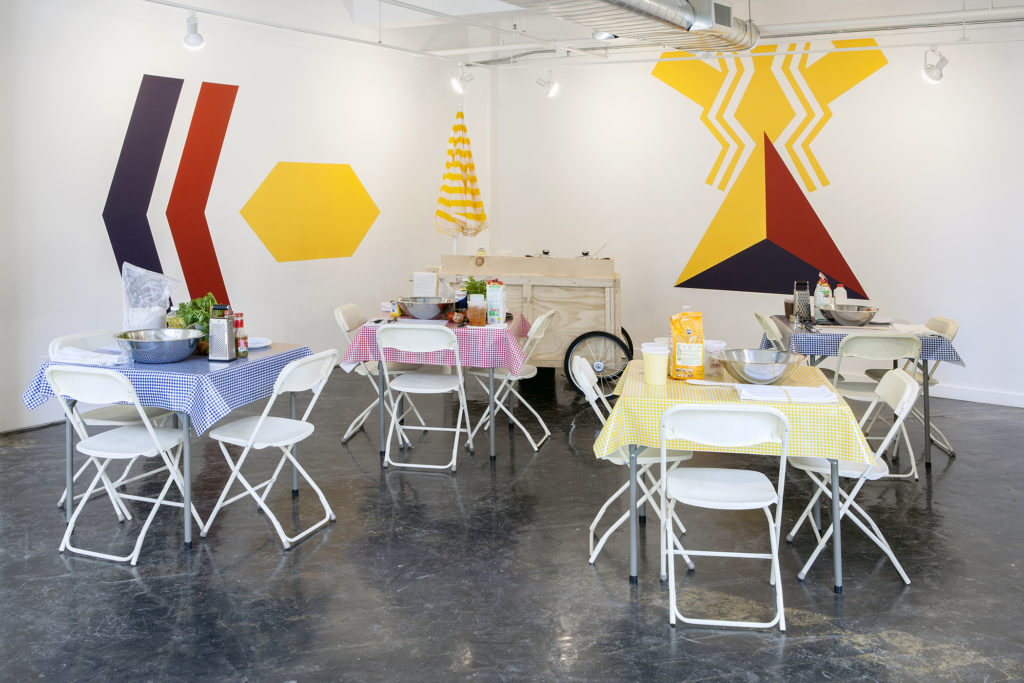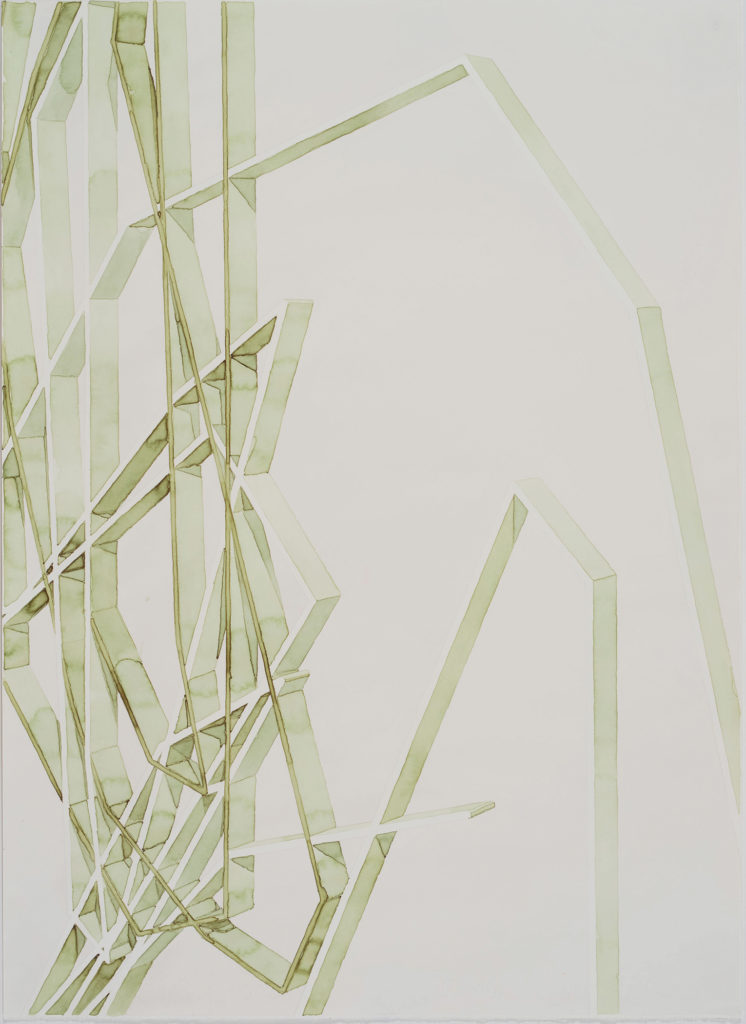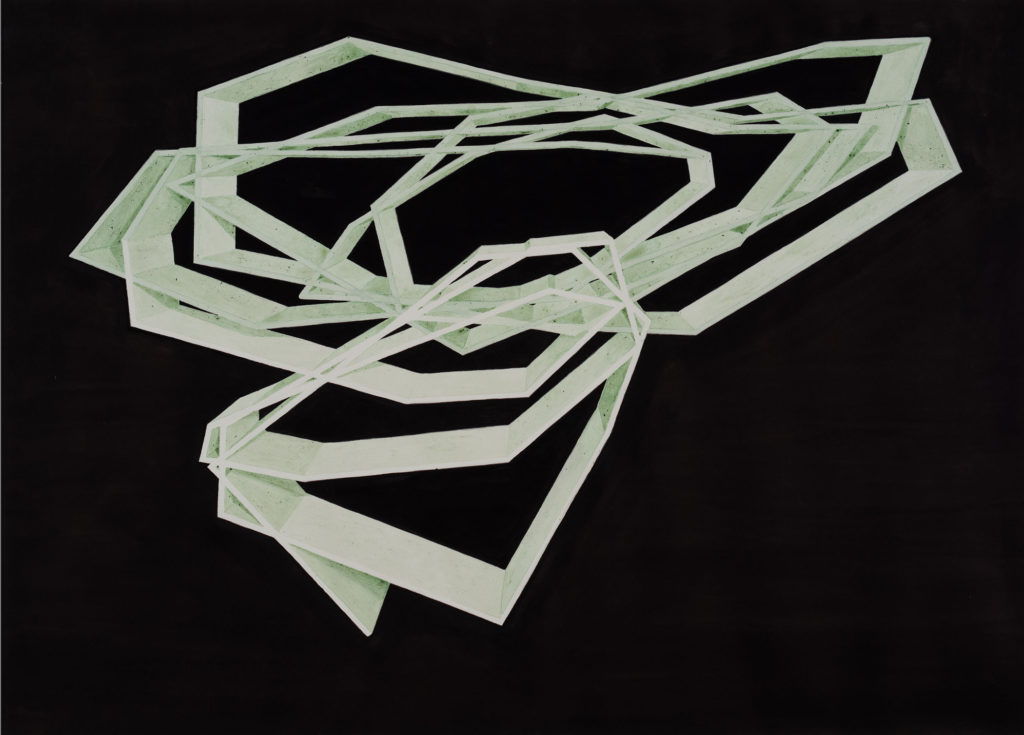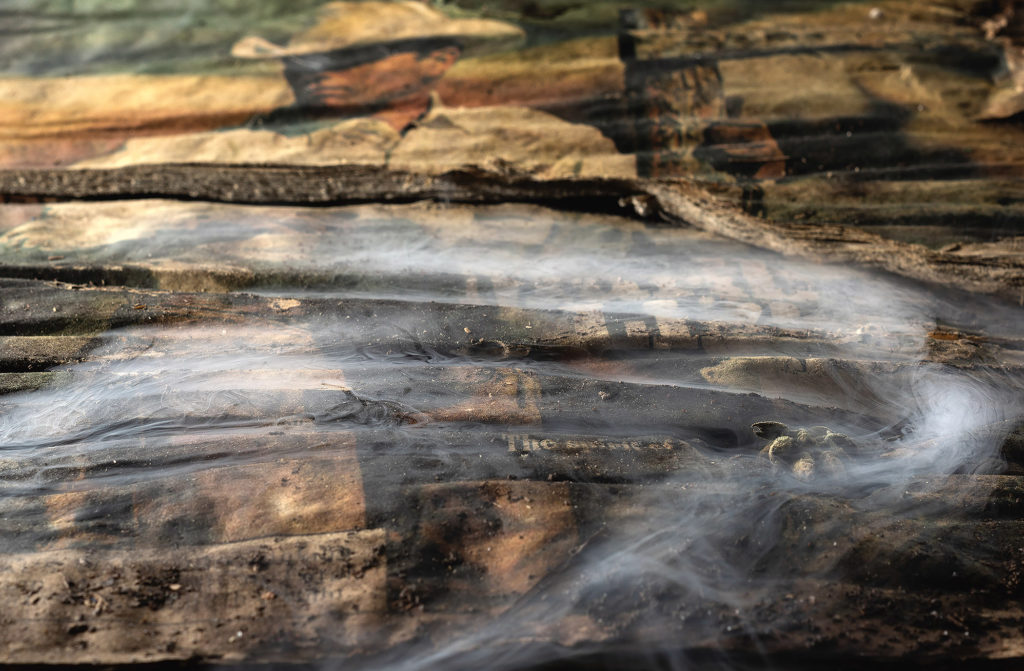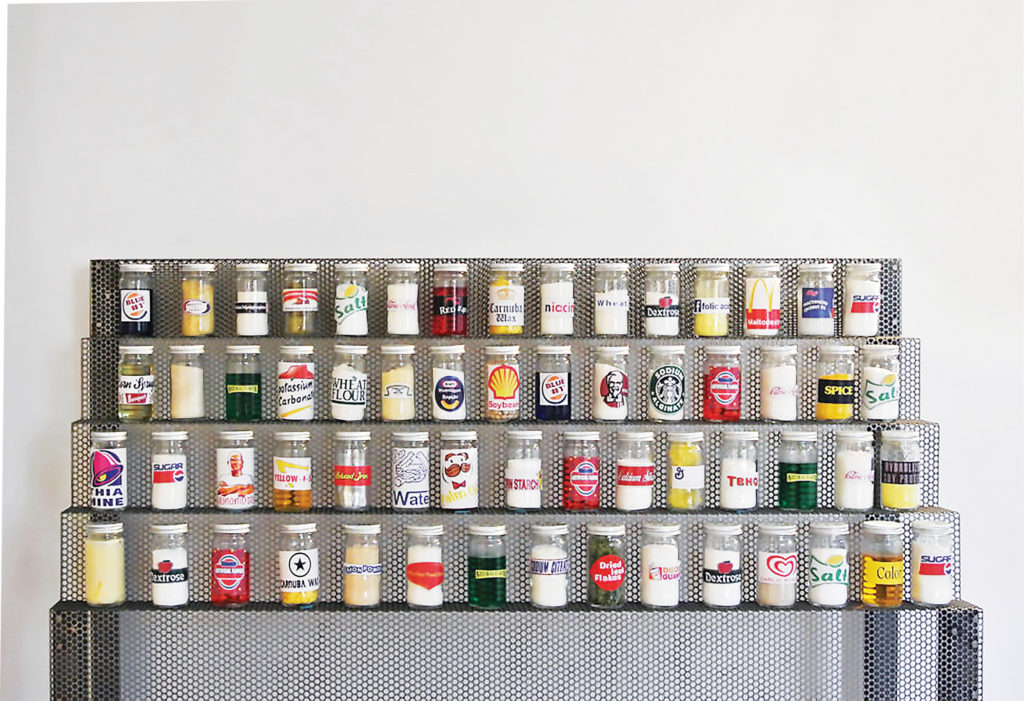Around Nature
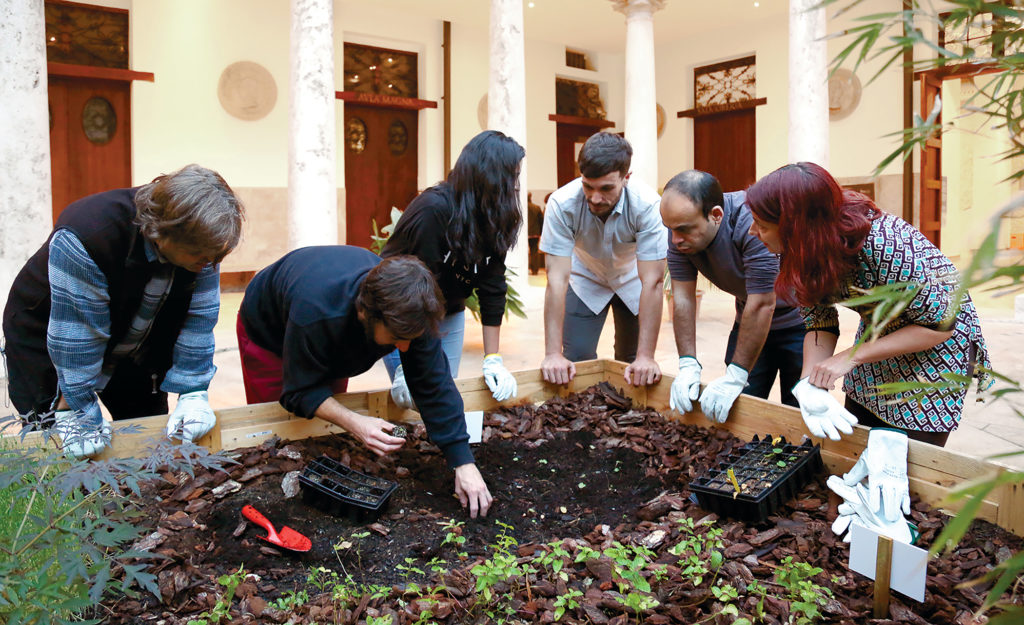
Five hundred years ago, the Spanish government and private investors funded a commercial trip led by Ferdinand Magellan and Juan Sebastián Elcano that would become the first journey around the world. The goal of this trip was to buy cloves, one of the most desirable spices in Europe in the sixteenth century.
Over the course of the circumnavigation, four of the fleet of five ships were lost and 232 men died. Still, the trip was profitable. It established the first global commercial route, connected three continents ecologically and gastronomically, and laid the groundwork for the current globalized world.
In collaboration with the Cultural Office of the Embassy of Spain, I created Around Nature as a multidisciplinary project to explore the sociobotanical consequences of this trip, using a garden as a centerpiece to articulate a program of activities that include workshops, performances, and a symposium.
The garden, postponed to 2021 due to COVID-19, will use the route followed by Magellan and Elcano to draw a botanical journey with 19 plants and 17 beds, each corresponding to one of the stops on the trip. The color and height of the beds will reveal the ethnographic and economic reality of the places they represent today. Elevation will represent ecological capital; different shades of color will represent demographic diversity; and the plants will represent economic, gastronomic, social, or environmental changes in each country over the past 500 years.
To begin the conversation, the Around Nature symposium took place on Zoom with the National Academy of Sciences over the course of three weeks in May 2020. In a series of discussions on “The Value of Nature,” “The Trade of Nature,” and “The Taste of Nature,” biologists, ecologists, chefs, historians, and scholars discussed the role of nature in today’s globalized world using the aforementioned garden and the first circumnavigation as starting points. Each panel included an artist—Rob Carter, Stefani Bardin, or myself—who also contributed visually to the discussion, showcasing his or her multidisciplinary work connected to science, gastronomy, and ecology.
During “The Trade of Nature,” I presented three of my recent projects. I started with PHY, an art and research project that uses natural dye processes to visualize water pollution in India’s Yamuna River. I traveled the river dyeing pieces of felt with madder root. The different pH levels of the water at 10 stops revealed the varying degrees of contamination in the water. These are represented by shades ranging from bright red to pale orange in the resulting textiles.
I continued with Culinialismos, a series of culinary actions in the form of performance, workshops, and participatory sculptures in which I use the recipe as a choreographic instruction to reveal the historical or cultural importance of gastronomic appropriations. The images here are from Zea, an iteration in which I used corn to investigate the role of the crop in global economies. I examined corn’s history and how the iconography used by pre-Columbian civilizations can be found in the logos of corporations that I see as engaged today in forms of economic colonization in the countries where corn originated.
Lastly, I presented Outer Seed Shadow, a project that takes its name from the definition of minorities in plant migration between ecosystems. Between 2014 and 2016, I collaborated with communities in New York, Spain, and Sweden to build gardens that serve as platforms to empower, celebrate, and reclaim identity and knowledge. These geopolitical gardens materialize the union between plant and human interaction by using different plant species as representatives of social groups and individuals, illustrating unrecognized social ecosystems.
Rob Carter

Rob Carter presented Plant Writing during “The Value of Nature” symposium, a project that documents the growth and movement of soybean plants. The artist’s soybean plants came from very different seeds, one type cultivated organically and the other genetically modified and patented. Carter harvested the leaves, pulverized them, and made inks with each plant. The diagrams of movement are the basis for his ink-on-paper paintings.
Carter also presented Smoke Screen, a project looking at tobacco from seed to cigarette as an allegory for what he sees as the world’s addiction to fossil fuels, and the political and marketing tactics that multinational corporations use to keep people hooked on their products. The images explore the absurdity of society’s apparent death wish, the beauty and grandeur of bright leaf tobacco plants, and the beguiling quality of smoke.
Stefani Bardin
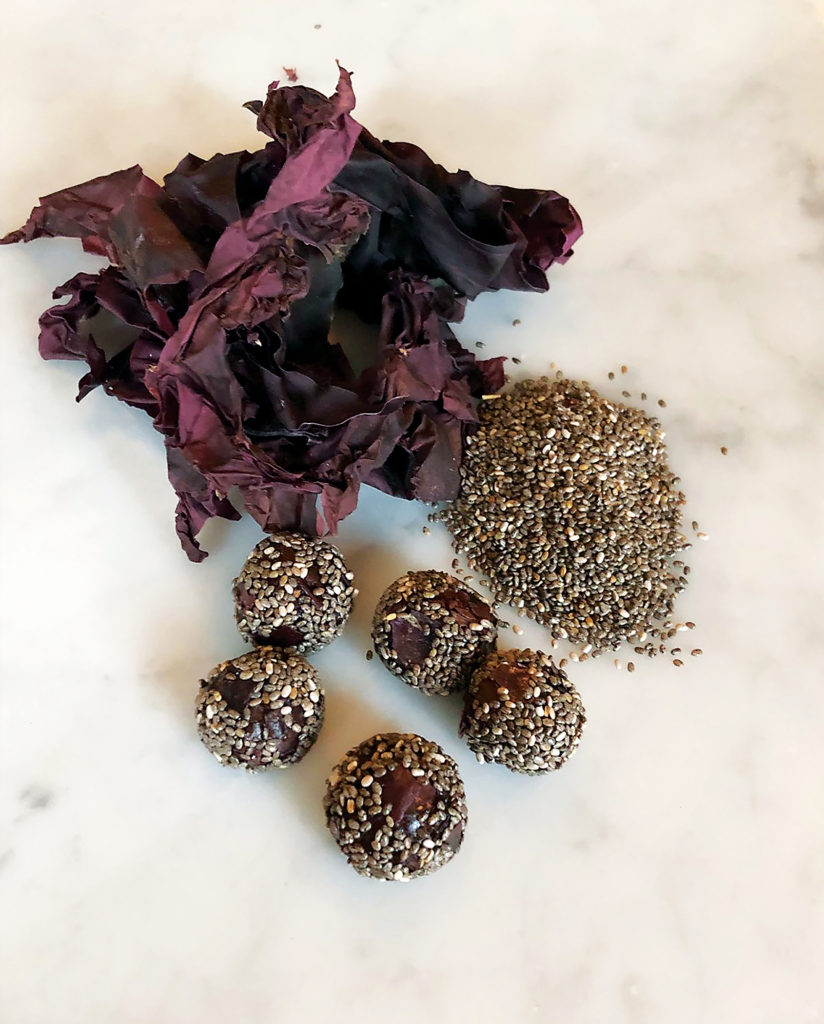
Stefani Bardin closed the symposium with “The Taste of Nature,” where she presented Spooky Action at a Distance, an ongoing project in which a retrofitted vintage gumball machine from the 1950s dispenses a series of actionable climate change “bites.” Designed by different high-profile chefs, each bite draws attention to the future of food systems by highlighting a food source that is either a climate change “winner” or “loser.”
Bardin also presented The Fantastic Voyage, an immersive installation exploring the role of food production in personal and environmental health. The multimedia and living installation displays footage from the first human subject trial using a gastroenterology device called the PillCam, revealing details of how the human body responds to processed versus less-processed and whole foods.
Bardin ended with M(y)Crobes, a project she made as part of the Cotard Syndicate (which also includes Siddharth Ramakrishnan, Toby Heys, Eric Rosenthal, and Jonathan Eisen) that explores human cohabitation with microbes. The team developed a wearable biosensor for the neck or wrist comprising a disk of agar laid into a 3D-printed bezel of recyclable plastic that is exposed to the elements. Seeds implanted into the agar track microbial growth by sprouting into small plants. The wearer can see, in real time, the effects of his or her own biotic microecosystem in concert with the macro-ecosystem of the environment.
Access recordings of the presentations referenced above at https://bit.ly/AroundNatureSeries.

